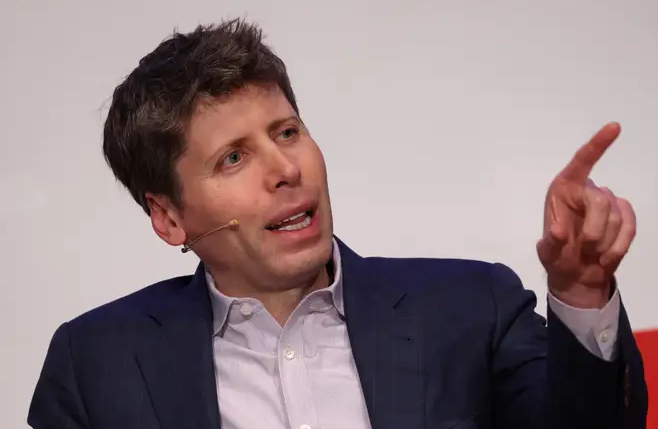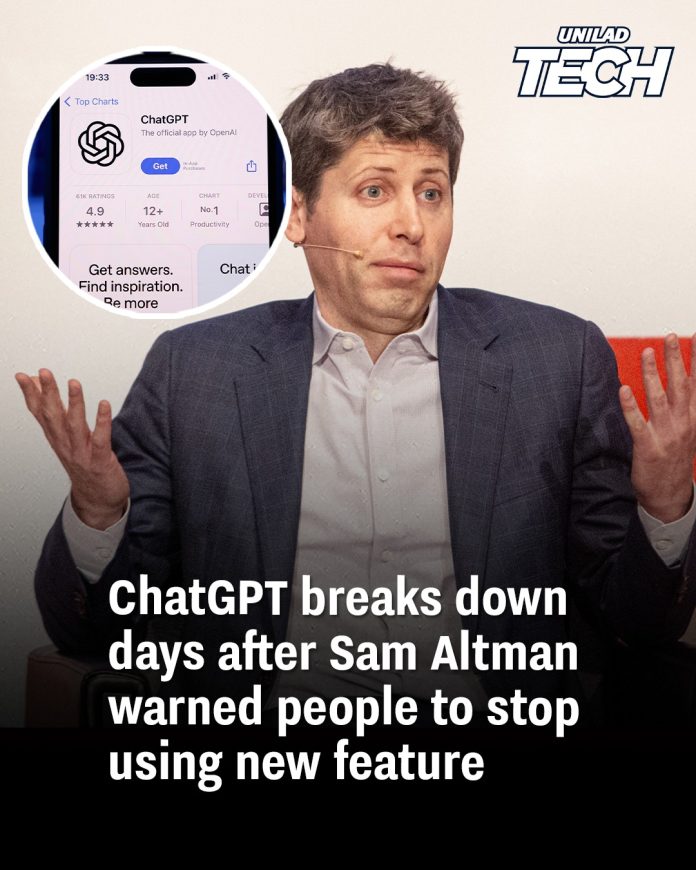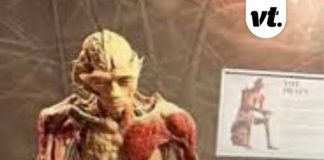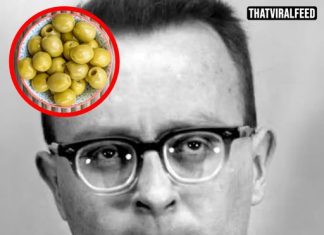In recent developments, OpenAI’s ChatGPT has encountered significant operational challenges following the introduction of its new AI image generation feature. This feature, which allows users to create images in the distinctive style of Studio Ghibli, has led to an overwhelming surge in user activity, resulting in system outages and performance issues.
The rollout of ChatGPT’s GPT-4o model on March 25, 2025, was initially met with enthusiasm, attracting over one million new users within an hour. This unprecedented influx highlighted the model’s enhanced capabilities, particularly in generating high-quality, stylized images. However, the rapid adoption placed immense strain on OpenAI’s infrastructure. Users began experiencing error messages, degraded performance, and login difficulties. Downdetector, a platform that monitors online service disruptions, reported a significant spike in issues related to OpenAI services in both the USA and UK, particularly around 9:00 am ET.

Sam Altman, CEO of OpenAI, addressed these challenges candidly. He acknowledged the capacity constraints, stating, “We are getting things under control, but you should expect new releases from OpenAI to be delayed, stuff to break, and for service to sometimes be slow as we deal with capacity challenges.” Despite securing a record-breaking $40 billion in funding, the company faced criticism from users frustrated by the service disruptions. Some questioned the decision to roll out the image generation feature to free users without adequate infrastructure, expressing concerns about the impact on paying customers.
The introduction of the image generation feature also sparked debates over ethical and legal considerations. Users leveraged the tool to create images mimicking the styles of renowned artists and copyrighted works, leading to concerns about intellectual property rights. Notably, images emulating Studio Ghibli’s aesthetic became viral, prompting discussions about the implications of AI-generated art. Hayao Miyazaki, co-founder of Studio Ghibli, has previously expressed strong opposition to AI in art, describing it as “an insult to life itself.” In response to the backlash, OpenAI implemented restrictions on generating images in the styles of living artists and certain copyrighted works. However, the broader debate about AI’s role in creative industries persists.

The rapid adoption of ChatGPT’s new feature underscores the growing public interest in AI technologies and their applications. However, it also highlights the challenges companies face in scaling infrastructure to meet demand and navigating the complex ethical landscape of AI-generated content. As OpenAI works to address these issues, the incident serves as a case study in balancing innovation with responsibility in the fast-evolving field of artificial intelligence.
In summary, while the new image generation feature of ChatGPT has showcased the potential of AI in creative applications, it has also exposed significant operational and ethical challenges. OpenAI’s experience reflects the broader tensions in the tech industry as companies strive to innovate while ensuring responsible and sustainable practices.

















